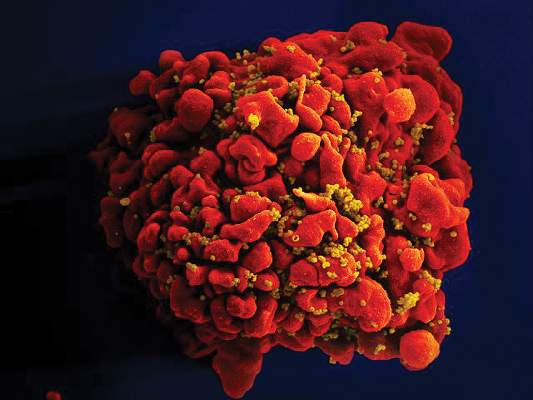FROM AIDS CARE
(FRONTLINE MEDICAL NEWS) The number of people living with diagnosed HIV in the United States will increase to 1,232,054 by 2045, up from 917,294 in 2013, according to projections based on the National HIV Surveillance System and U.S. census data.
The number of people with HIV over age 55 will more than double from 232,113 to 470,221, though the annual growth rate will slow from 1.8% to 0.8%. By 2025, older people will comprise about 38% of the entire HIV population, said investigators led by epidemiologist Julia Hood, of the University of Washington Department of Epidemiology, Seattle.
“The dramatic increase in the absolute number of adults 55 years and older has tremendous implications for the provision of HIV care, treatment, and prevention programs.” As the population ages, “HIV care providers will need to be more skilled in the care of chronic conditions affecting older populations and how those conditions interact with HIV infection and its treatment; and clinical research will be needed to inform the changing demands of HIV care. HIV prevention campaigns and programs may need to be adapted to ensure that older people at risk for acquiring and transmitting HIV are reached by prevention messages and services,” the investigators wrote.
The number of Hispanic and black people living with HIV is projected to grow consistently, shifting the demographics of people living with HIV from 32% to 23% white; 42% to 38% black; and 20% to 32% Hispanic by 2045 ( AIDS Care. 2017 Apr 10:1-8 ).
The growing number of black patients “reflects disparities in HIV incidence; while among Hispanics/ Latinos, the growing number … is largely driven by immigration. These results underscore the importance of expanding coverage of HIV care, treatment, and prevention programs to ethnic/racial minorities, ensuring such programs are culturally and linguistically appropriate,” they said.
Overall, “these changing population dynamics should be considered in current decisions about resource allocation, human resource needs, HIV-prevention programs, and design of research studies.” However, “major technological advancements in HIV prevention (e.g., vaccines) and cure could occur in future decades, potentially nullifying the applicability of our projections,” the investigators said.
The authors had no conflicts of interest.






